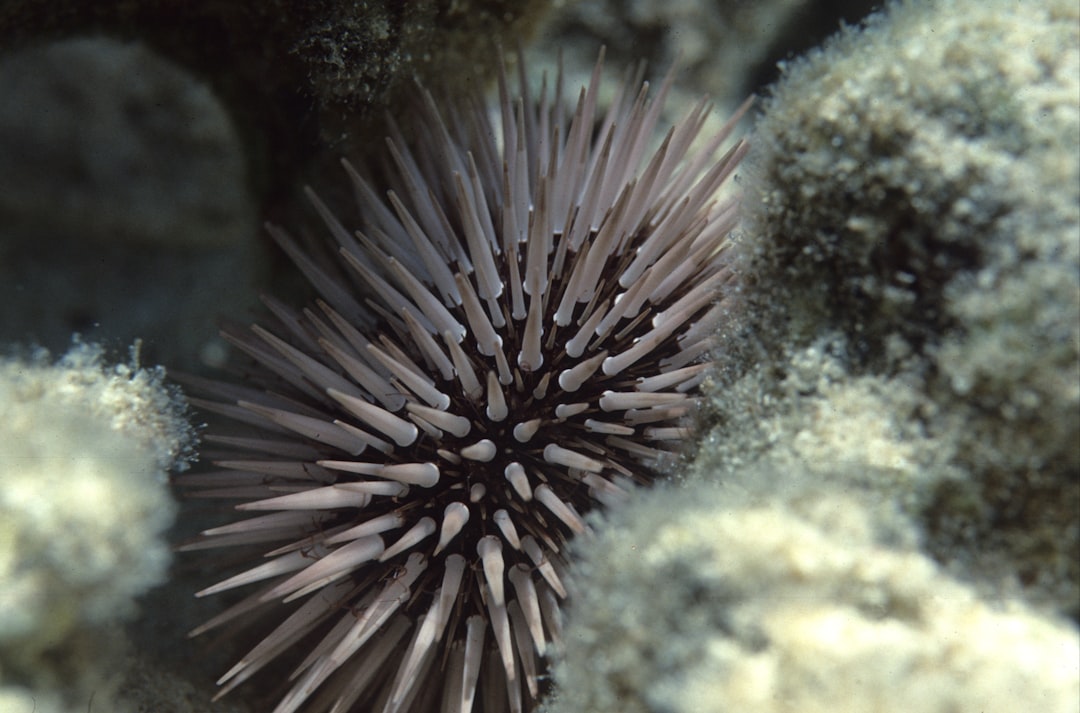What is it about?
Hox gene collinearity (HGC) is a phenomenon first observed by E.B. Lewis in 1978. It is a correlation between the serial expressions along the Anterior-Posterior developmental axis of many species (e.g. vertebrates) and the sequential location of these genes along the chromosome. It is a strange correlation because it connects phenomena (embryonic units and subcellular elements) differing by more than 3 orders of magnitude in spatial dimensions. HGC refers to animals with distinct linear ends: head and tail located at the anterior and posterior ends of the organism respectively. In accordance, the genes of the Hox cluster are aligned so that the gene at the 3' end is activated at the anterior unit (head) of the embryo. The gene at the 5' end is activated at the posterior embryo unit (tail). What happens to organisms which do not develop along an A/P axis e.g. the sea urchin which is rotationally symmetric? This problem is addressed in this paper.
Featured Image
Why is it important?
In the vertebrate Hox cluster the gene order is conventionally considered as 'usual'. Surprisingly, in radially symmetric organisms (like the sea urchin) this usual gene order is violated. In this paper the hypothesis is put forward that the Hox gene cluster is circularized and a break leads to an 'unusual' gene order causing the developmental deviation from the A/P pattern formation. If this hypothesis proves correct it will be important because it will help determining the process of hox gene reordering. This reordering causes a different pathway of hox gene activation leading to an evolutionary innovation.
Perspectives
In the present paper the unusual gene order of the echinoderm Hox cluster is studied. A next step would be to extend this analysis to other clades e.g. the mollusks. Presently, the existing data are not sufficient for such an analysis and comparison between animals with different symmetries.
Dr Spyros Papageorgiou
NCSR 'Demokritos', Athens, Greece
Read the Original
This page is a summary of: Hox Gene Collinearity: From A-P Patterning to Radially Symmetric Animals, Current Genomics, August 2016, Bentham Science Publishers,
DOI: 10.2174/1389202917666160616082436.
You can read the full text:
Contributors
The following have contributed to this page










